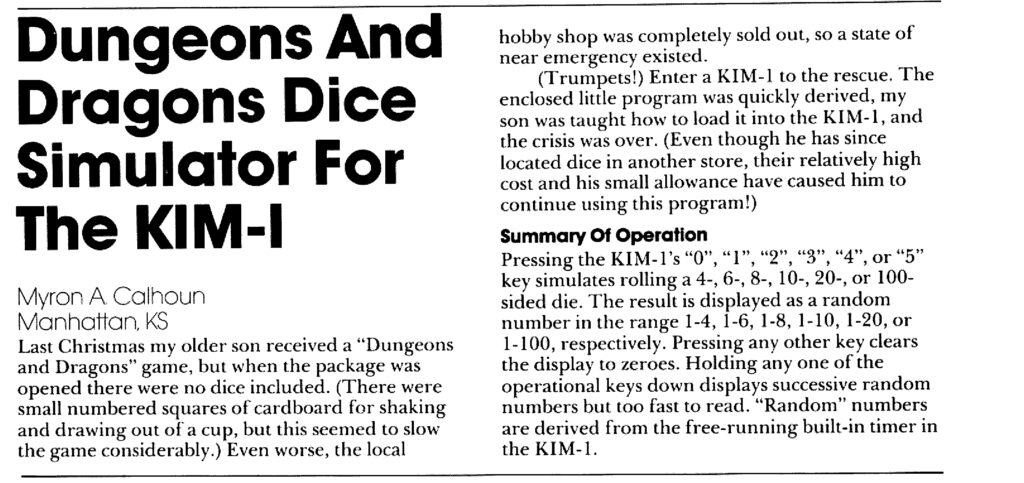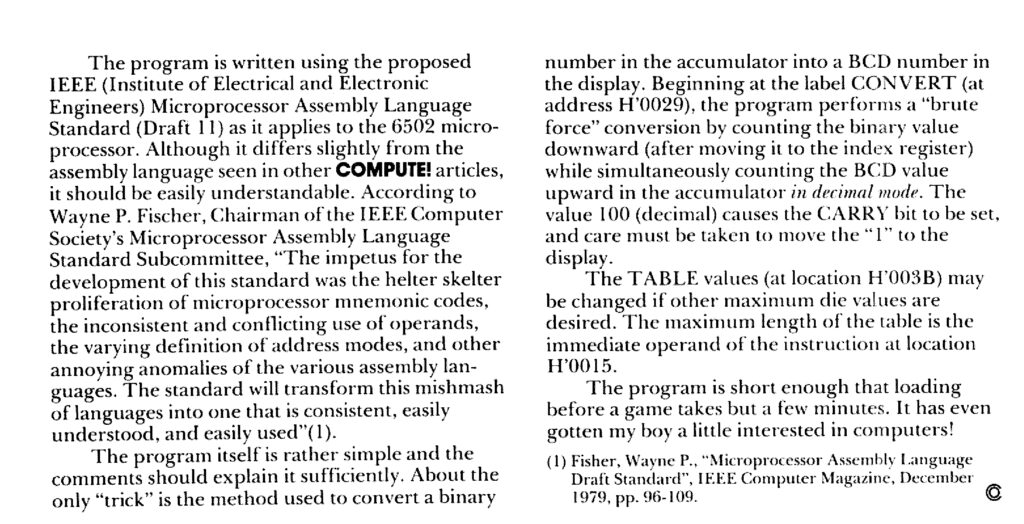Over the years I have acquired quite some 6530 ICs. Either as IC or built into a KIM-1, Jolt or Chessmate.
On this page I show these 6530s.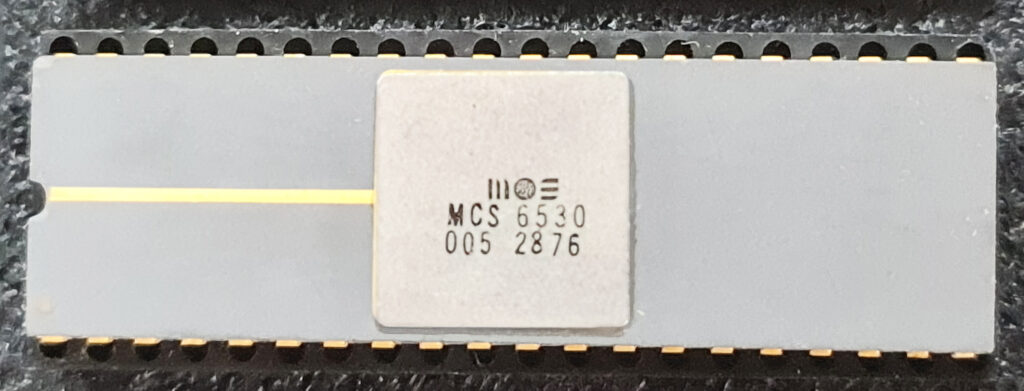
About small SBC systems
Over the years I have acquired quite some 6530 ICs. Either as IC or built into a KIM-1, Jolt or Chessmate.
On this page I show these 6530s.
In 2024/2025 I completed my KIM-1 collection with one or two from every Revision, from first edition to Rev G, nine in total. 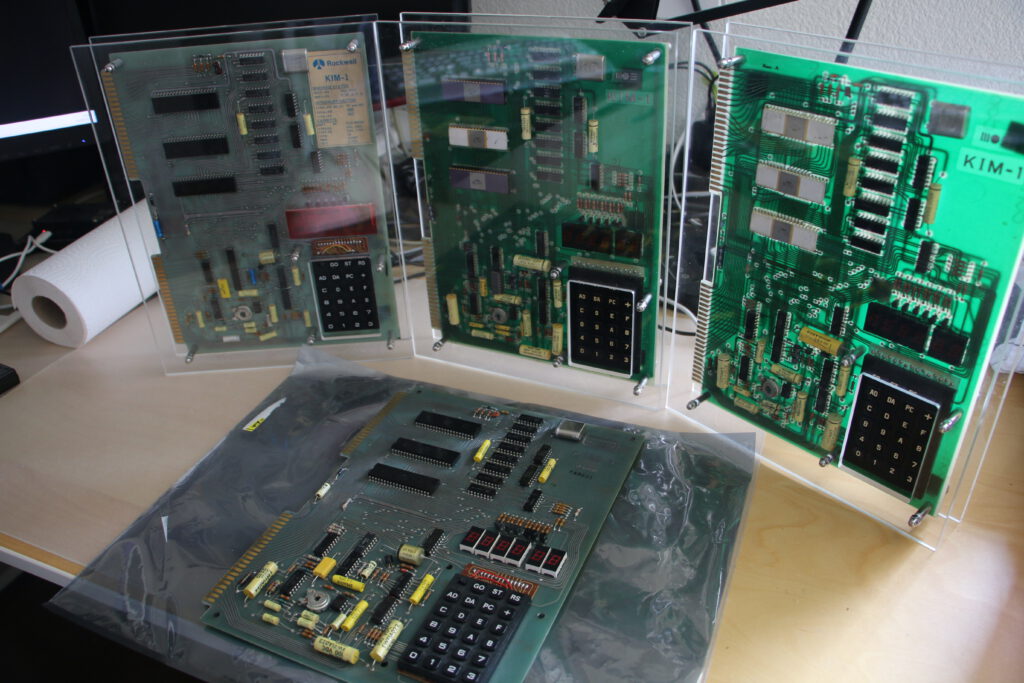
I have so far found 5 versions of the KIM-1 User Manual.
First Edition January 1976
Second Edition March 1976
Second Edition August 1976
Rockwell branded version 1977.
German version 1977
Only small updates, some errors, and the change of keyboard with SST switch right to left.
All available here: KIM-1 manuals and MOS Technology documents – Retro Computing
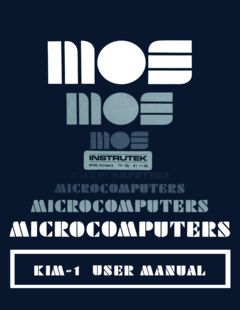
Was there a Rockwell KIM-1? A myth or? Yes and no.
There is a KIM-1 packaged and sold by Rockwell in 1977. I bought one in 1977.
No, it is a MOS Technology produced KIM-1 PCB.
Yes, Rockwell added documents with Rockwell title pages and contents 99% written by MOS Technology.
The Rockwell KIM-1 is just an OEM product!
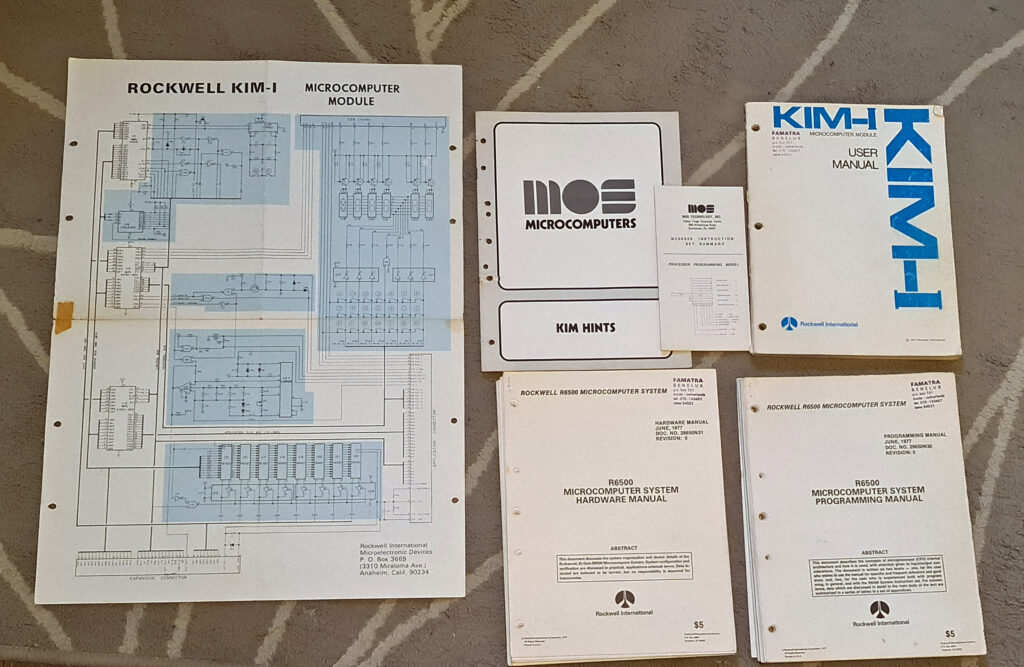
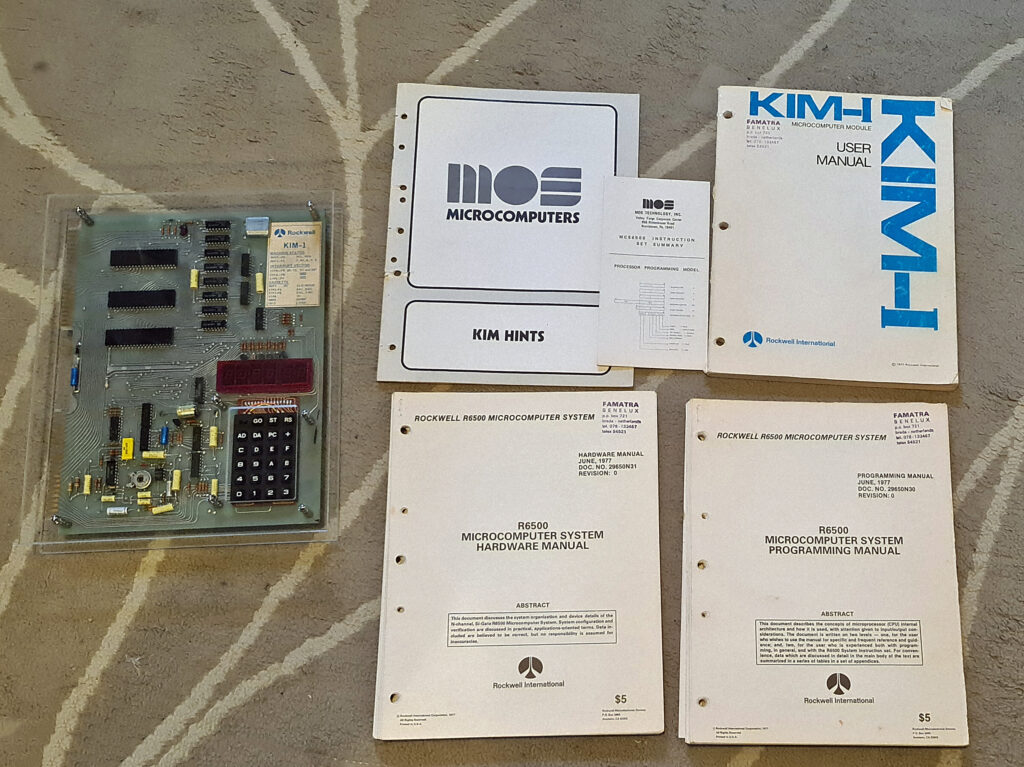
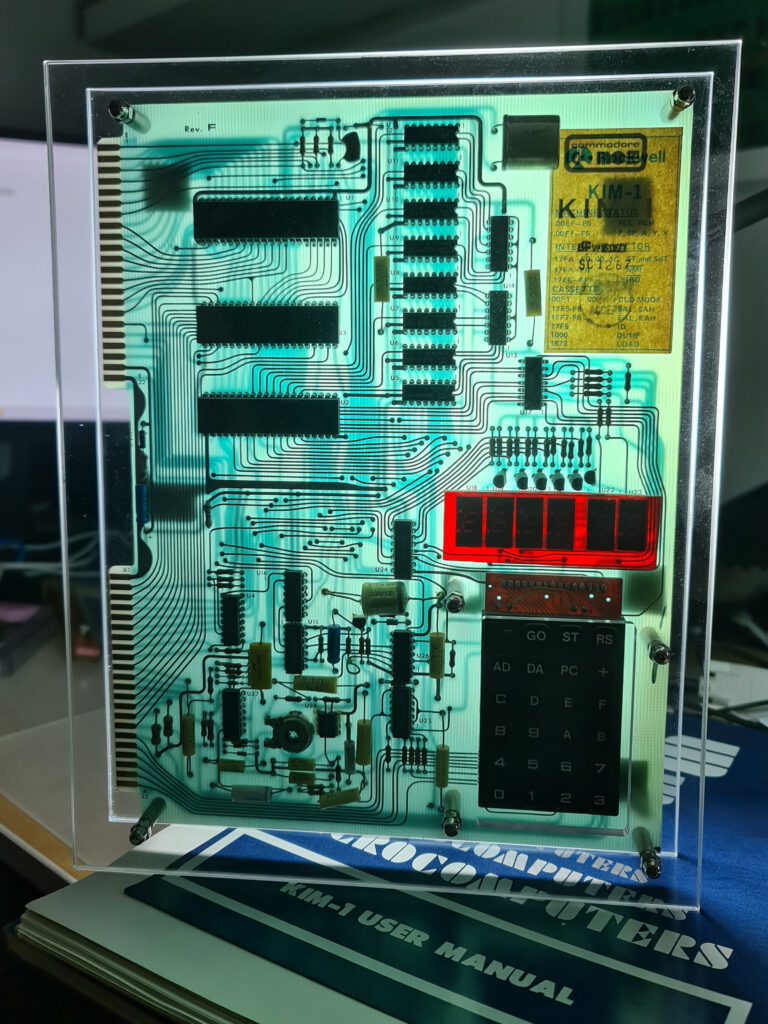
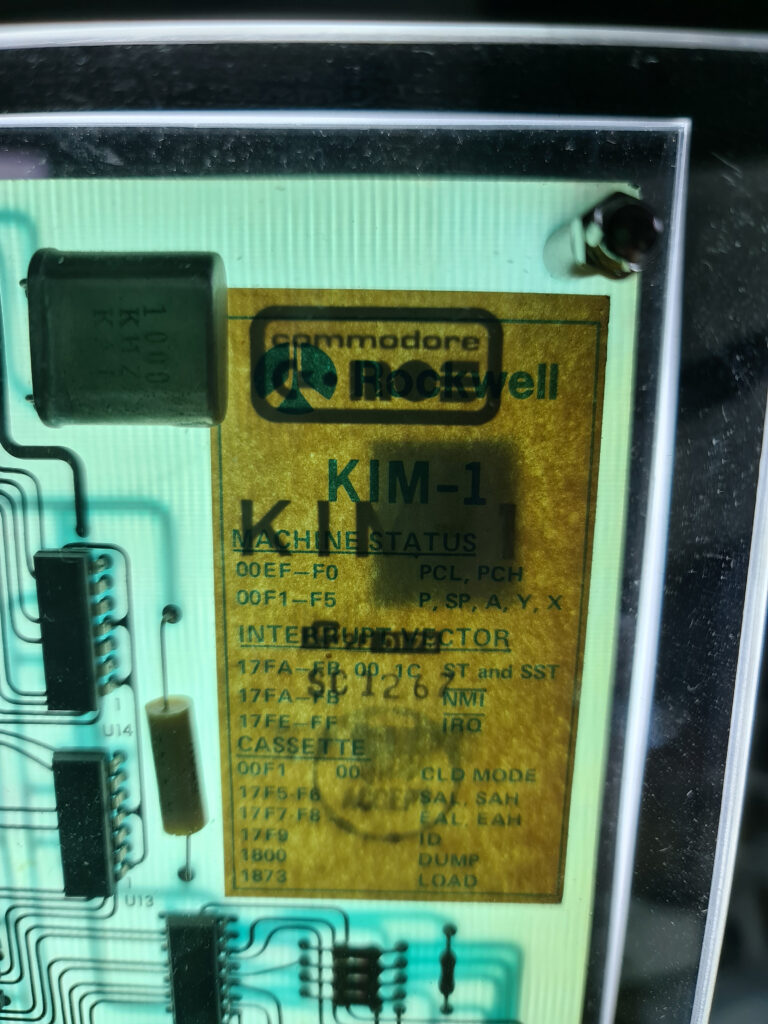
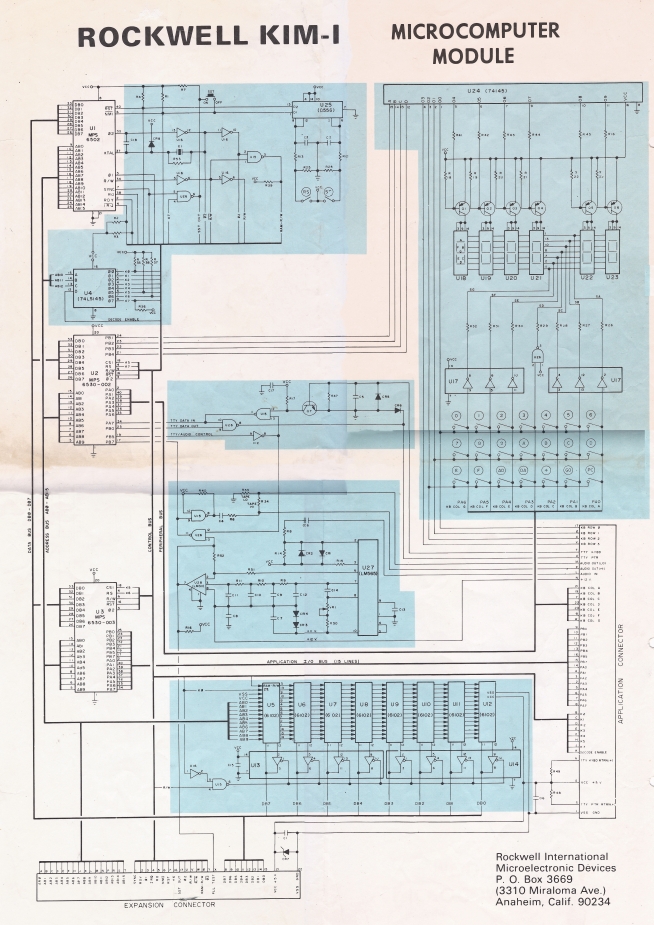
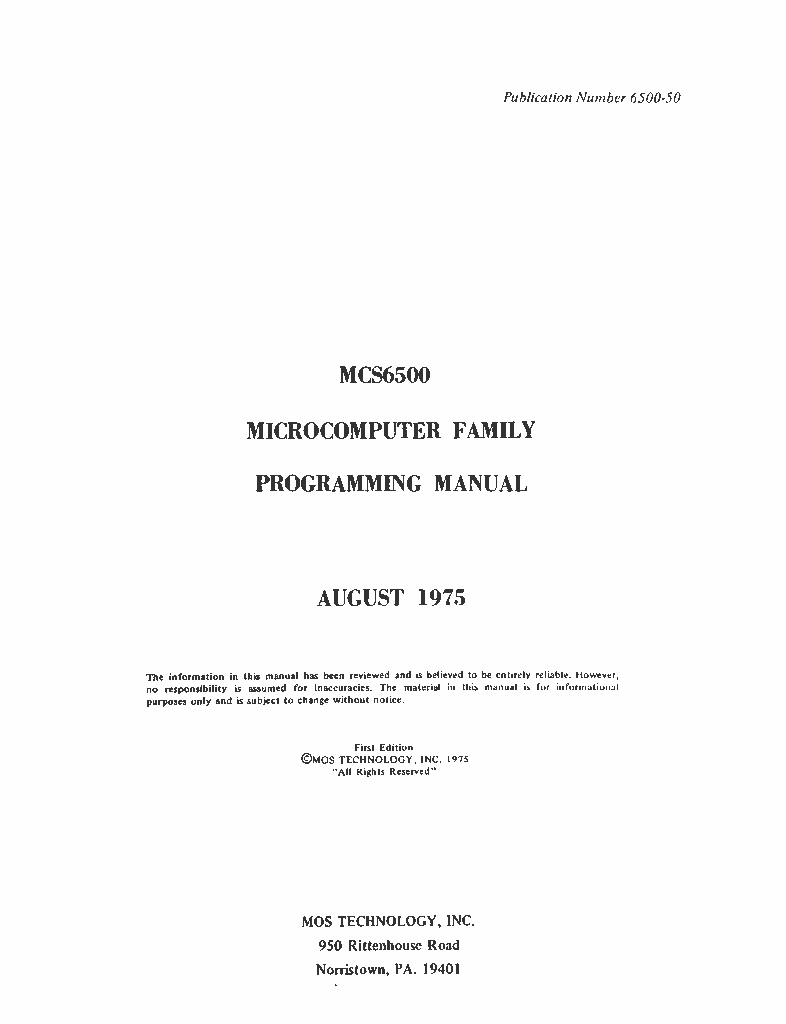
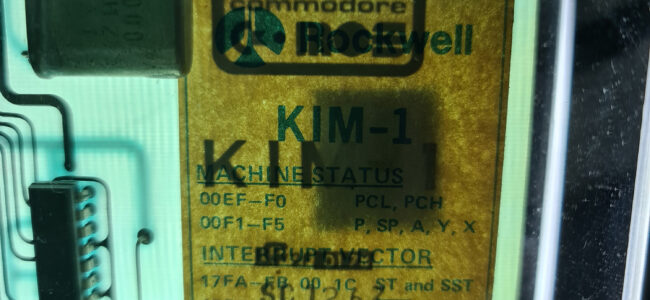
Once in a while I hear a myth on the internet about Rockwell manufactured the KIM-1. That myth needs to be debunked.
Rockwell did sell KIM-1s as an OEM product around 1977. They bought the KIM-1 PCB, made in a Commodore factory and put a sticker on the right corner, covering the Commodore MOS logo and text, as you can see in the image below.

The documentation such as KIM-1 User Manual and the Circuit Poster were given a new front and back, the contents of the User Manual were 99% coming verbatim from MOS Technology/Commodore. The Programming and Hardware Manual were later (and better) versions of the MOS Technology documents, no trace of the 6501!
I can proof this, in 1978 I bought a KIM-1 from a Dutch distributor Famatra and still have it. It was a Rockwell package. Here you see photos of my Rockwell KIM-1 package labeled as Rockwell but it really is a Commodore MOS Technology product rebranded. It did not take long before Rockwell started to sell the AIM 65 as replacement and I never saw advertisements not a Databook with a Rockwell KIM-1 in it.
The Rockwell KIM-1 User Manual is scanned by me and available on the KIM-1 and MOS Technology manuals page, as are (later versions of) the Rockwell Hardware and Programming manual. I might scan these Rev 0 versions one day also.
See the page of me and my KIM-1 for my first KIM-1 and its history.

You can see the text Commodore and MOS logo shining trough underneath the Rockwell sticker. And the number SC1276 gives away it was manufactured in the Santa Clara Commdore factory.
>


Click here for a large version.
New good quality scans added to the Manuals page
– MCS6500 Hardware Manual August 1975 First Edition, Version 6500-10, with errata letter. Not the usual 6500-10A but the rare first edition. No ROR instruction documented!
– MCS6500 Programming Manual by Synertek, version 6500-50. Not the First Edition alas, the contents are the 6500-50A version.
I now have two first edition MOS Technology manuals:
– MCS6500 Hardware Manual August 1975 First Edition, Version 6500-10
– KIM-1 User Manual First Edition, January 1976, no version but could be 6500-15. The newer versions are version 6500-15B
Still missing, but it does exist somewhere, is
– MCS6500 Family Programming Manual, 6500-50. All scans, including mine, are version 6500-50B.
This is the title page of MCS6500 Family Programming Manual, 6500-50, of which no scan is knwon yet.

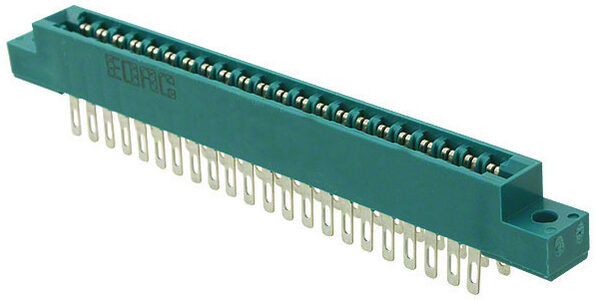
The KIM-1 needs 2 edge connectors.
The specifications are: card edge; PIN: 44; 3.96mm
When you search for those, the cheap ones pop up, Chinese made, look good. But they are no good, when you slide them one you need a lot of force, some even use a hammer!
The PCB is too thick for these connectors, you damage the edge fingers and can not change once connected.
DO NOT USE THEM for a KIM-1!
I had some luck, years ago I bough a lot, cable type (solder eyelets) from Conrad and they are perfect for the KIM-1.
307-044-500-202 Standard Card Edge Connectors 44P SOLDER EYELETS 5.08mm ROW SPACE, for sliding on a PCB edge connector.
307-044-520-202 Standard Card Edge Connectors 44P Card Edge PC Tail, for a motherboard
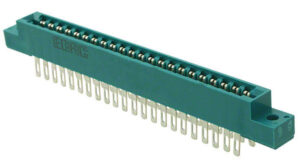
| EDAC 307 357 Series Card Edge Connectors English Ordering Guide | ||
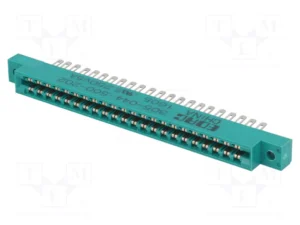
| 307-044-520-202 – EDAC Card Edge Connector | ||
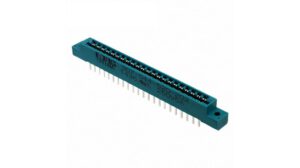
| 307-044-500-202 – EDAC Card Edge Connector |
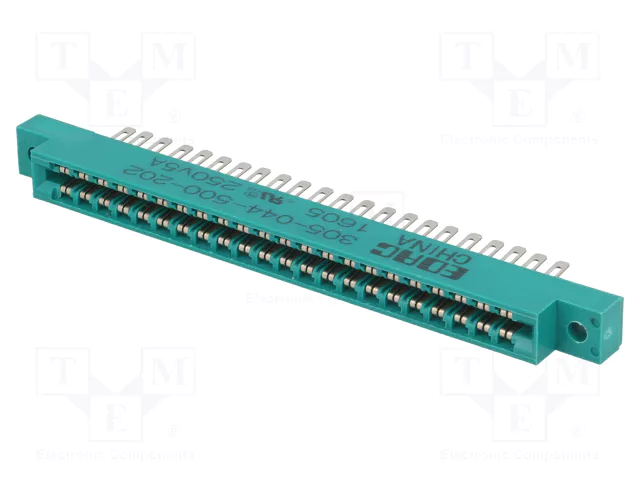
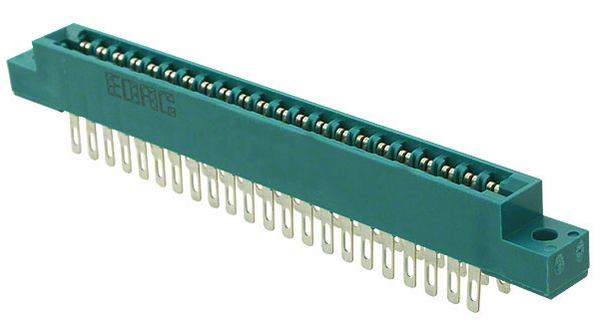
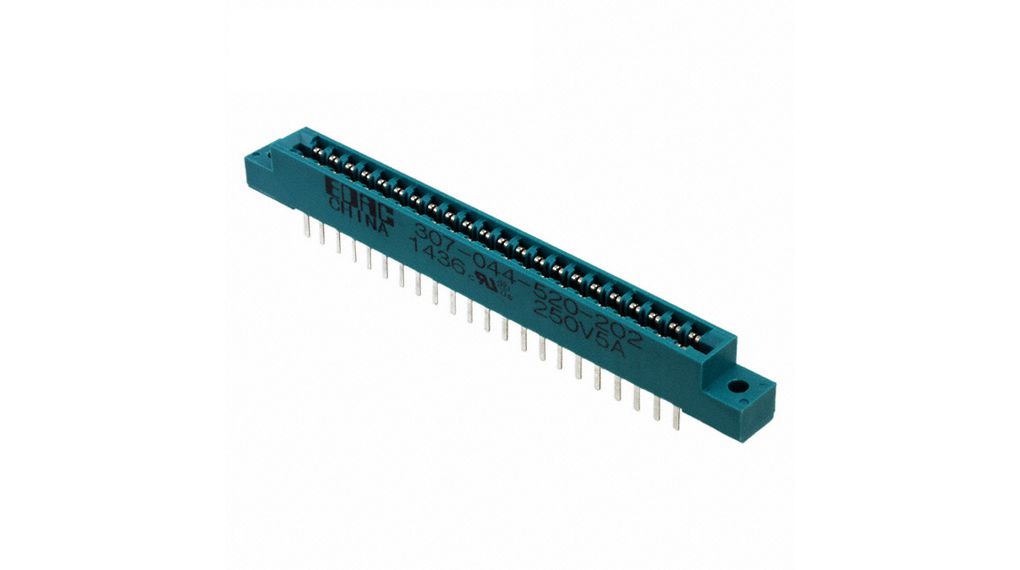
Microsoft’s 6502 BASIC is now Open Source, and that includes KB9 or as it is officially called:
MOS TECH 6502 BASIC V1.1
COPYRIGHT 1977 BY MICROSOFT
Microsoft’s 6502 BASIC is now Open Source
“Now, for the first time, this influential 6502 version is truly yours to explore, modify, and share.”
This means that we are allowed to distribute and modify KB9 and derivates without breaking licenses!
Also see the pagetable post from 2005 that explains a lot about this source.
The Easter Egg in KB9:
Answer ‘A’ to the Memory Size Qustion and see this:
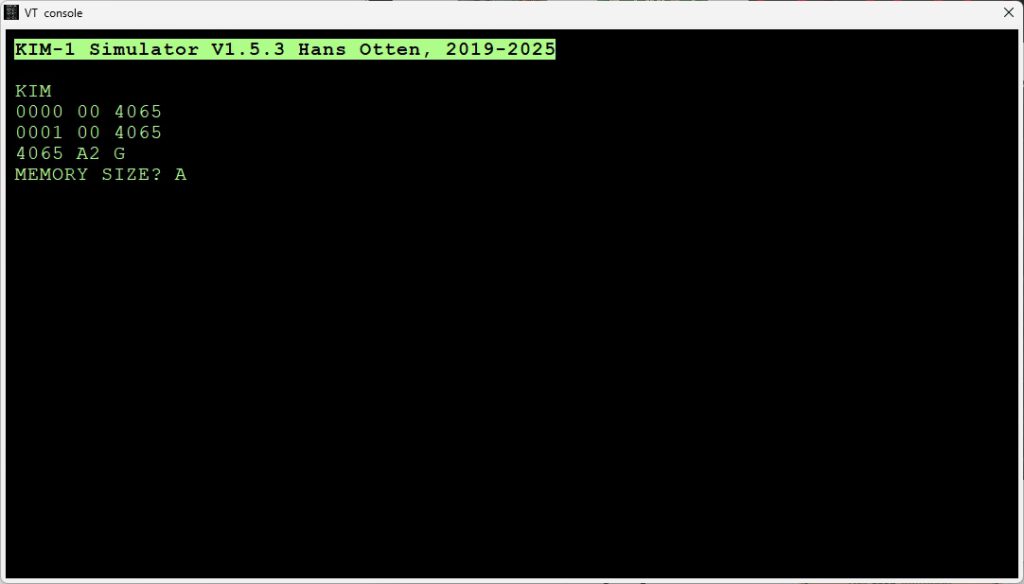
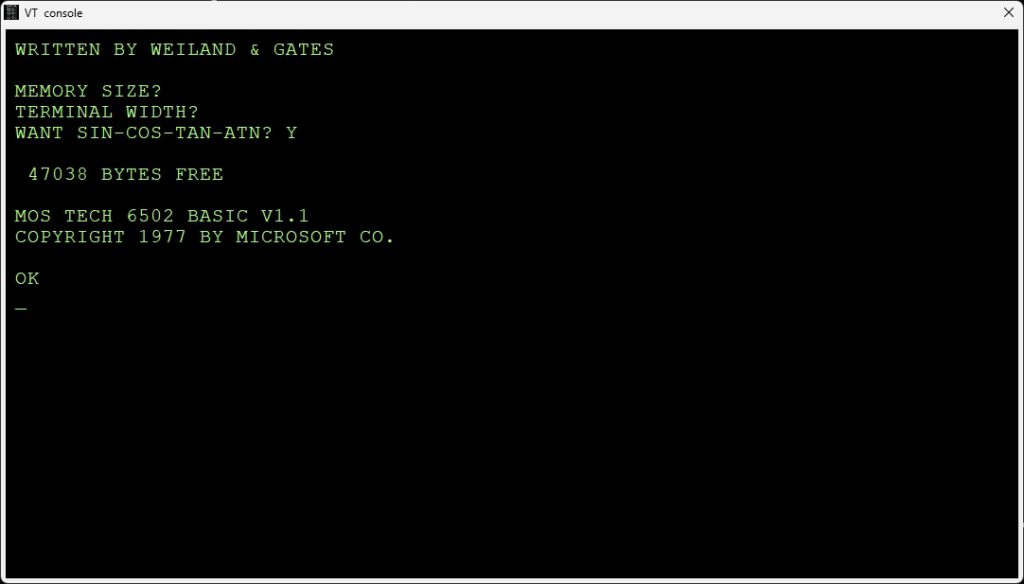
Now we all know about Bill Gates. Ric Weiland is less known. Second Micro-Soft employee. Left 1988, and became a philanthropist, see Wikipedia.
The license that goes with 6502 BASIC is now:
MIT License
Copyright (c) Microsoft Corporation.
Permission is hereby granted, free of charge, to any person obtaining a copy
of this software and associated documentation files (the “Software”), to deal
in the Software without restriction, including without limitation the rights
to use, copy, modify, merge, publish, distribute, sublicense, and/or sell
copies of the Software, and to permit persons to whom the Software is
furnished to do so, subject to the following conditions:
The above copyright notice and this permission notice shall be included in all
copies or substantial portions of the Software.
THE SOFTWARE IS PROVIDED “AS IS”, WITHOUT WARRANTY OF ANY KIND, EXPRESS OR
IMPLIED, INCLUDING BUT NOT LIMITED TO THE WARRANTIES OF MERCHANTABILITY,
FITNESS FOR A PARTICULAR PURPOSE AND NONINFRINGEMENT. IN NO EVENT SHALL THE
AUTHORS OR COPYRIGHT HOLDERS BE LIABLE FOR ANY CLAIM, DAMAGES OR OTHER
LIABILITY, WHETHER IN AN ACTION OF CONTRACT, TORT OR OTHERWISE, ARISING FROM,
OUT OF OR IN CONNECTION WITH THE SOFTWARE OR THE USE OR OTHER DEALINGS IN THE
SOFTWARE
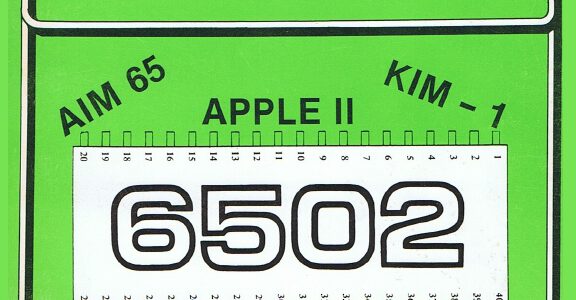
The pages om Magazines had an update.
MICRO has its own page with all Best of MICRO pfds.
Compute! and Compute II articles have been highlighted.
A special page devoted to a small program called Dungeons And Dragons Dice Simulator, with source and demo

In Compute! Issue 13, June 1981, a small program is published. It runs on an unexpanded KIM-1, showing a random number as used by the dices in a board game Dungeons And Dragons.
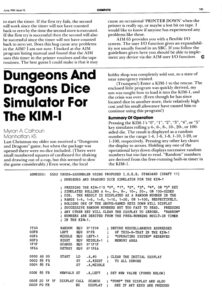 |
Dungeons And Dragons Dice Simulator For The KIM-1 |
The program is typed in by me, using TASM32 as assembler. And tested on the KIM-1 Simulator.
Here the archive with source, article and binaries.
